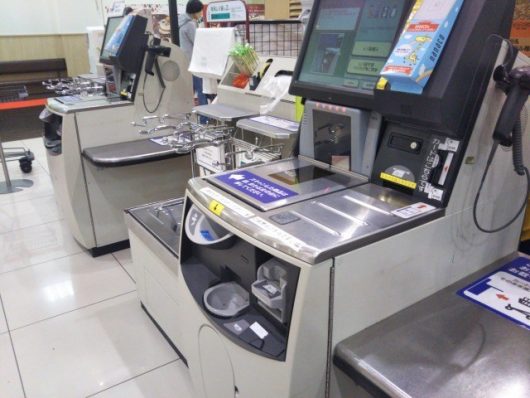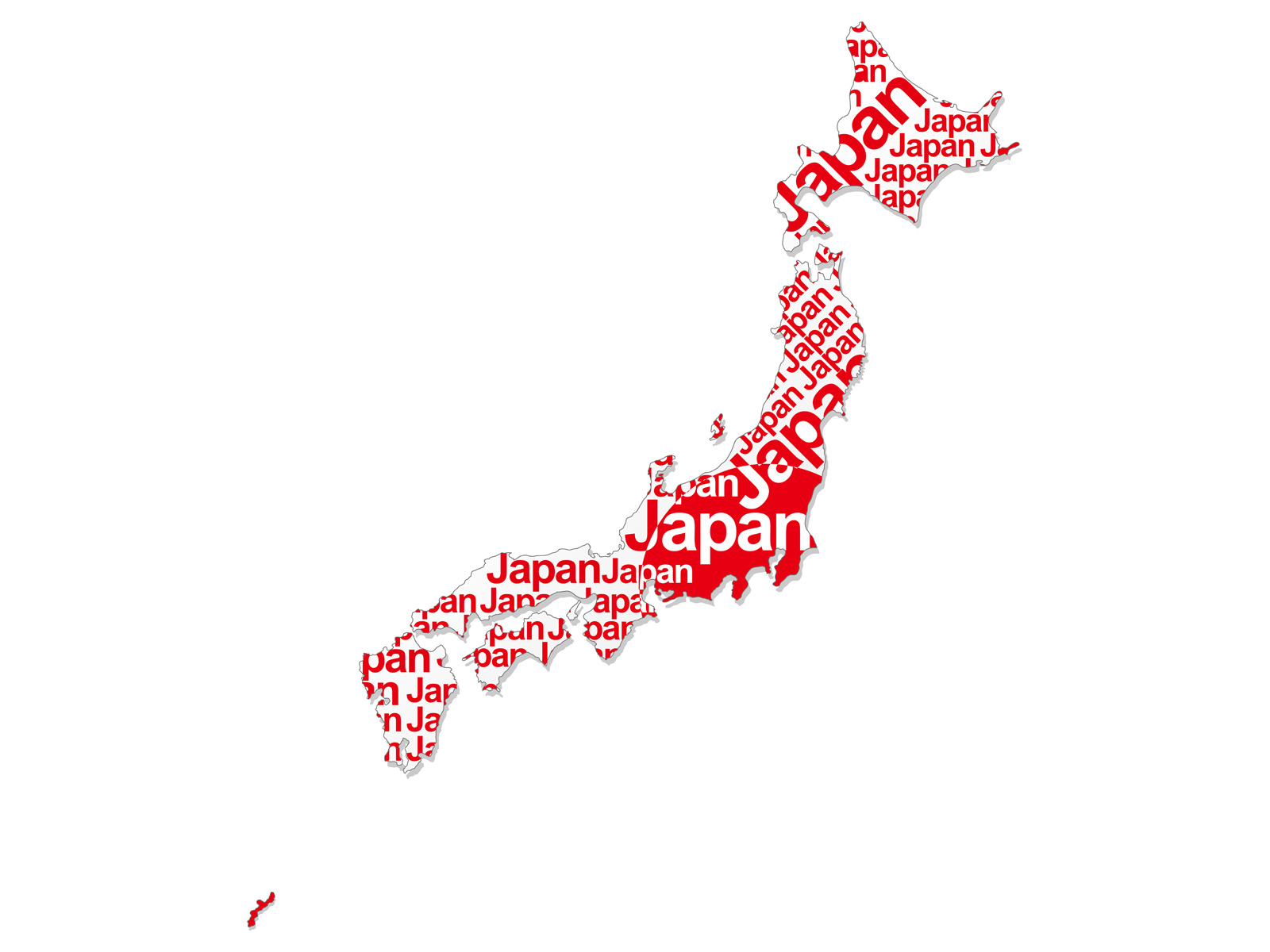Domestic market size of switching power supply
Accurate switching power supply statistics do not exist because some manufacturers make switching power supplies in-house. (The reason for making the switching power supply in-house is that there is no model with the desired specifications and size for the standard switching power supply, and the conditions such as the quantity of ordered lots and the unit price are not met, so the custom-made switching power supply manufacturer did not accept it. )
Roughly speaking, the domestic market for custom power supplies and switching power supplies combined with standard products is said to be 400-500 billion yen, and standard products are said to be 40 billion yen. The standard products are oligopolistic (duopoly) with a 70% market share between Cosel and TDK-Lambda, which are specialized manufacturers of switching power supplies. Manufacturers of switching power supplies other than these two companies are Omron, IDEC, Sanken Electric, Nipron, Asia Electronics Industry, Keyence, Sanken Electric, etc.
As data, there is “Current Status and Trends of Switched Power Supply (2019)” published by JEITA (Japan Electronics and Information Technology Industries Association) every three years. Is 1,358.7 billion yen (FY2015 results). The headquarters (development) of switching power supply manufacturers is Japan, the United States, and Germany, and the producing countries are China and Southeast Asia.
US-China trade friction and market trends for switching power supplies
Due to the influence of the US-China trade war, the slowdown in the Chinese economy has intensified, and the Asian and European economies have also intensified. According to the announcement by the Chinese side, the real growth rate of GDP (preliminary figures excluding price fluctuations) in 2019 was + 6.1%, the second consecutive year of slowdown.
President Trump announced that the United States has reached a first-stage agreement that China will purchase additional $ 200 billion (22 trillion yen) of goods from the United States in the two years from the United States to the end of 2021. $ 200 billion is a tremendous amount, of which $ 77.7 billion is aircraft and $ 37 billion is agricultural products. Agricultural products are shortage of pork in China due to the influence of classical swine fever, but most of them are grain feed for livestock.
Even after the first-stage agreement, the US sanctions tariff on China of 370 billion dollars (41 trillion yen) will continue until the second-stage agreement is reached, and the slowdown in the Chinese economy is expected to continue for the time being. .. It is a reputation in the United States that an agreement that cannot be made from the beginning is a condition that China will purchase the $ 200 billion promised to the United States in order to reach the next second stage agreement.
In the US economy itself, IT-related companies centered on GAFA are doing well and stock prices are rising. Unfortunately, we are not a manufacturing company, so it is expected that the Japanese electronics industry will continue to deteriorate in the memory and semiconductor markets due to sluggish demand for equipment related to smartphones and data centers.

On the other hand, factory robots and self-checkouts at supermarkets, convenience stores and clothing stores due to demand and labor shortages for the introduction of the 5th generation mobile communication system (5G), distribution transportation equipment, medical care and inspection equipment for the aging society , The lithium-ion battery and LED markets, whose demand is expanding, are emerging.
Since the switching power supply is always installed in the equipment and devices of the equipment manufacturer, the sales directly depend on the sales of the equipment manufacturer. Switching power supply manufacturers have no choice but to approach and spec in these industries.
Production trends of domestic switching power supply manufacturers
In China and other Asian countries, the production of switching power supplies has been shifted overseas as well as other electronic parts because it is possible to procure materials other than special parts and the manufacturing cost is low. -Last year, due to the problem of discontinuation of production of ceramic capacitors, the delivery date of switching power supplies was very imminent, and some end users replaced switching power supplies with other companies. Switching power supply manufacturers are also responding by returning some of their main models to domestic production and changing to a system that can be produced at multiple factories for emergency backup.
Although the manufacturing cost of overseas factories is low, the manufacturing cost is actually higher than that of domestic factories in consideration of transportation costs, shipping days, customs procedures, exchange risk, and air handling in case of trouble. “Apparently” overseas products are cheap, but in response to late delivery, we negotiate with overseas factories and subcontract factories over a few days, arrange for a change to air, and a salesman goes directly to Narita Airport to pick up the power supply. In that case, the cost cannot be added to the cost of the product individually. I don’t know because those costs are summarized in the labor costs of process control staff and sales staff, and air service costs.
